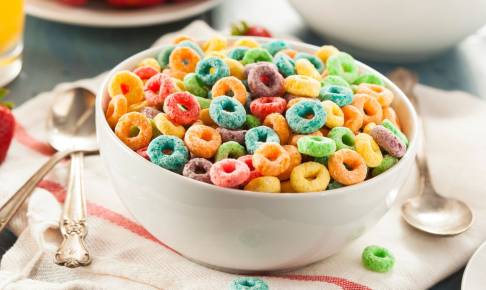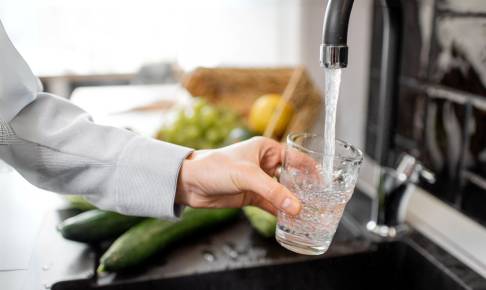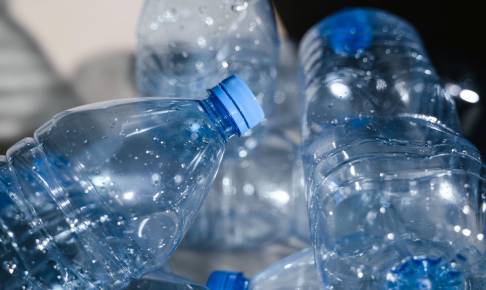A plate full of plastic
Introduction
Concerns about the potential impact of microplastics (MPs) on the natural environment have gathered momentum during recent decades. The number of scientific investigations has increased, along with media interest and public awareness. Sadly, we have all seen the photos of seabirds and whales with staggering amounts of plastic pieces in their stomachs. However, while the impact of this pollution on the marine ecosystem has received great attention, with an estimate of 51 000 billion particles of microplastic in the seas (UN Environment 2018), researchers say that most MPs are accumulating on land, including in agricultural fields (Nizzetto et al. 2016) and remote areas (Brahney et al. 2020).
Microscopic plastic particles have been discovered in the most remote locations, from the deepest ocean seabeds (Jamieson et al. 2019) to the highest peaks of Mount Everest (Napper et al. 2020) to the furthest Arctic ice (Kelly et al. 2020). There is simply no way to avoid MPs; they are even in the air we breathe (Brahney et al. 2021; Zhang et al. 2020).
Another place MPs have been found is inside our bodies (Schwabl et al. 2019; Ragusa et al. 2020; ACS 2020) where they can enter through the air, but also through what we eat and drink, as evidence of the presence of these contaminants in the global food chain grows (EFSA CONTAM 2016; Toussaint et al. 2019). MPs ingested by humans through the air and commonly consumed foods ranges from 203 to 332 particles per person per day (Cox et al. 2019), with babies and children even more exposed, at levels at least 10 times higher than adults (Zhang et al. 2021).
Dozens of reports have been published on MPs, yet we know surprisingly little about what risks they pose to human health.
Micro- and nanoplastics: what are they?
The term microplastics was coined in 2004 (Thompson et al.), and then refined by other authors to describe plastic particles smaller than 5 mm across. Later, MPs were classified into two broad categories (Cole et al. 2011):
• primary MPs, including microscopic particles produced and added to commodities for specific purposes (e.g. microbeads in toothpastes and cosmetics);
• secondary MPs, which originate from the degradation of larger plastic objects via various environmental factors, such as sunlight, water, temperature, and physical stress.
These secondary MPs can come in different sizes and shapes (e.g. fragments, fibers, films, foam, and beads) (Burns and Boxall 2018).
Plastic can take hundreds of years to biodegrade, and until they do, microplastic pieces simply get smaller and smaller, becoming nanoplastics, which are even smaller particles that range from 0.001 to 0.1-1.0 µm (the upper size limit is still under debate) (Gigault et al. 2018).
MPs in the food chain
Regardless of whether MPs are directly produced with a specific purpose or are the result of degradation, one of the main routes of infiltration in the food chain is from the bottom, through zooplankton (Cole et al. 2013), and they ultimately reach humans via a process called biomagnification. The discovery of up to n
Download content now





















